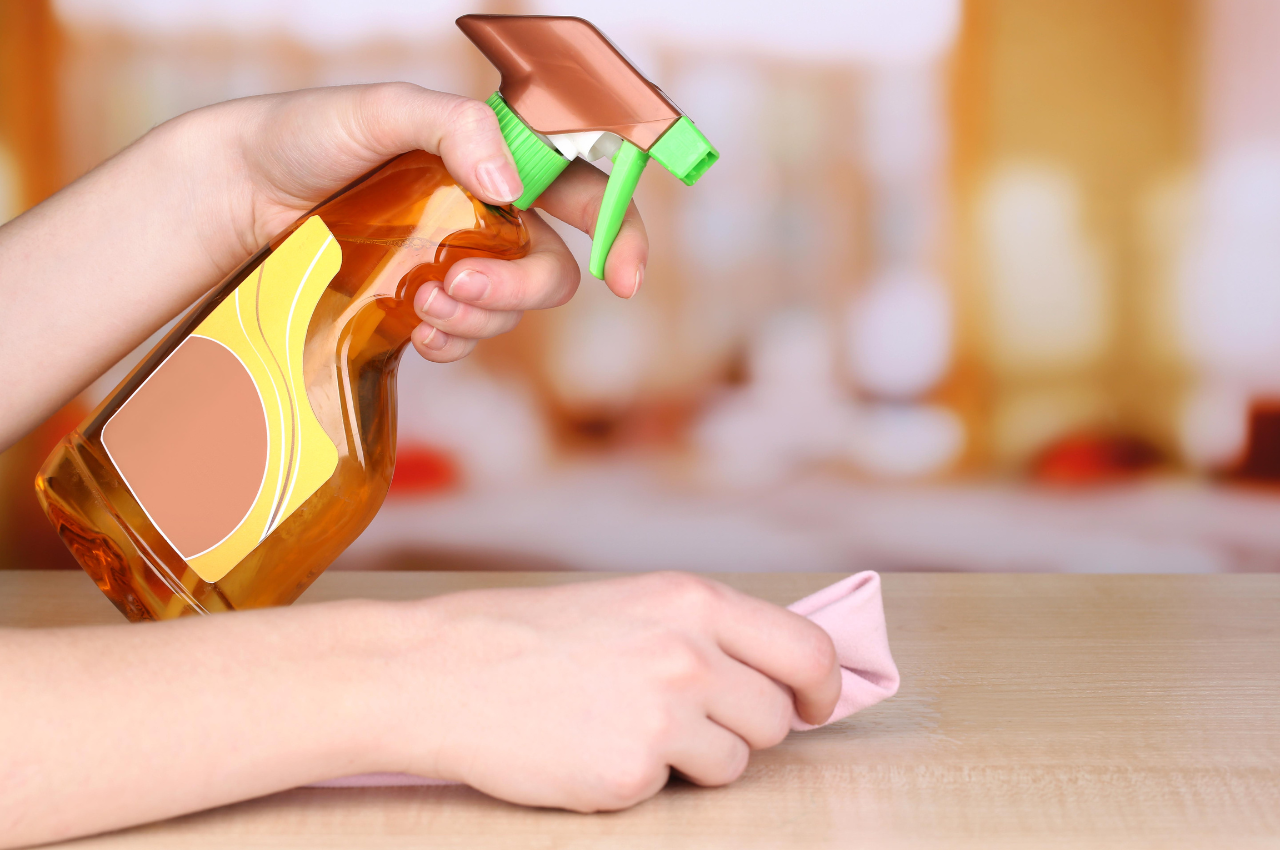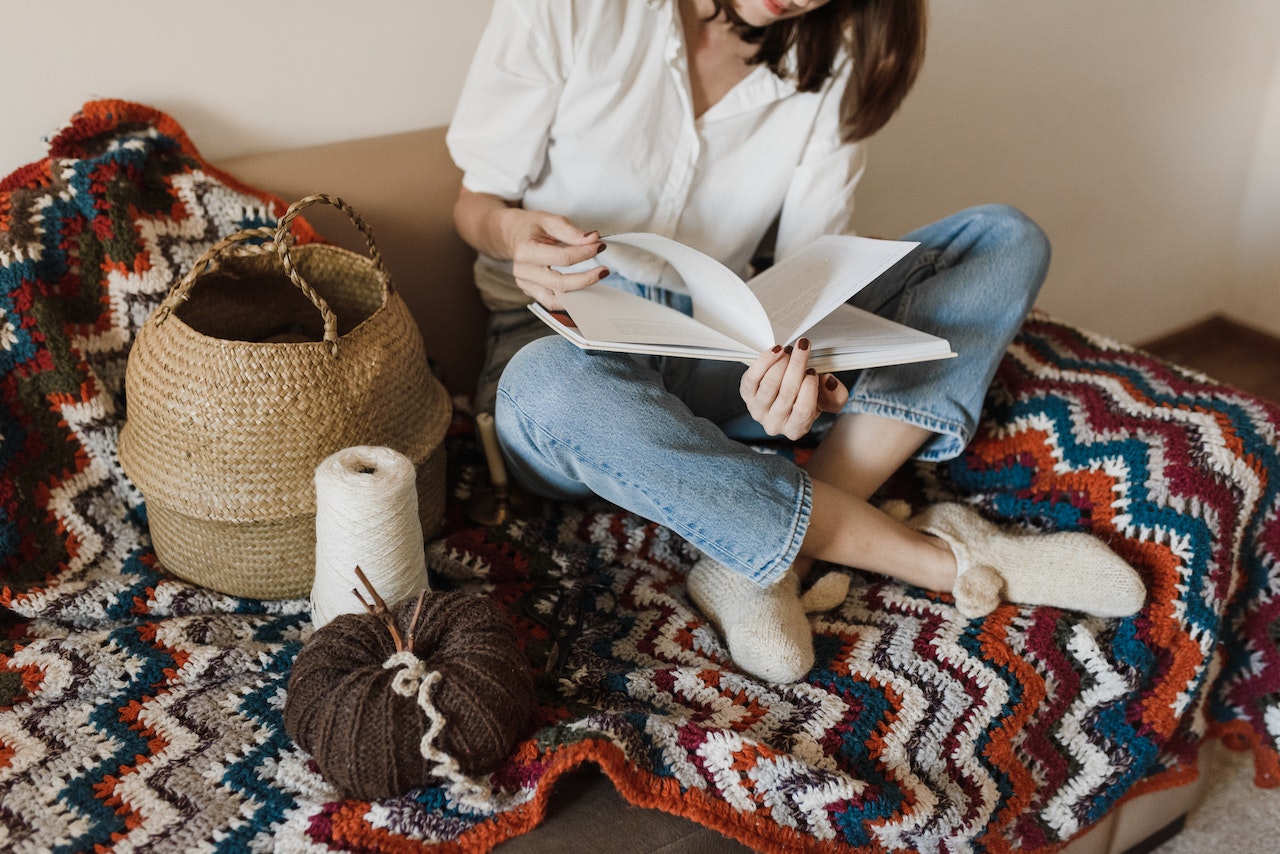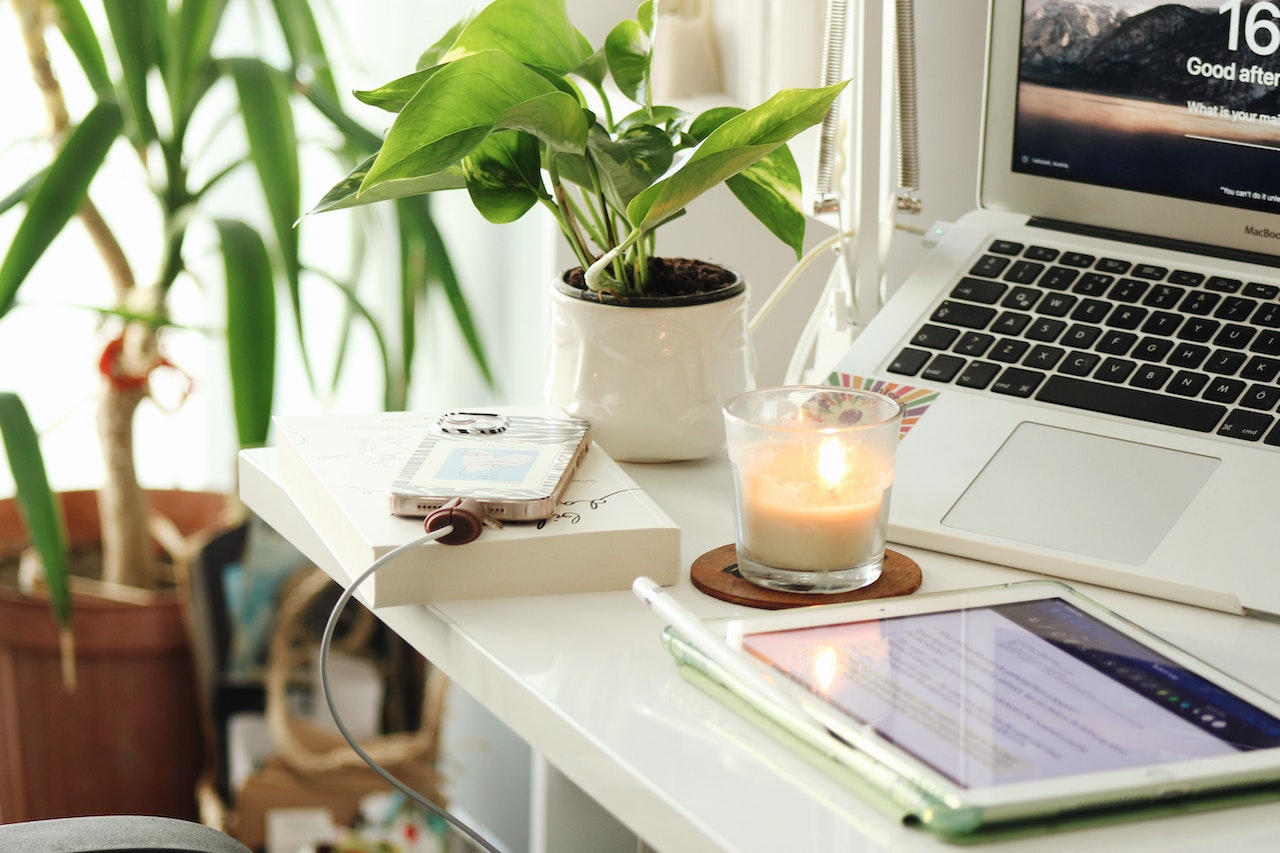Wood furniture adds character and warmth to a home but keeping it looking its best can be challenging. If you want solid wood pieces to stay naturally beautiful over time, you must know how to clean them properly.
From regular dusting and removing sticky spots to deep cleaning the entire piece of wood furniture, this guide will show you how.
Read on to learn how to clean wood furniture.
1. Regular Cleaning
If there’s anything that keeps your wooden furniture looking beautiful, it’s regular cleaning. Dusting and wiping your precious pieces regularly make them appear cared for, which is what they deserve. Plus, it’s also for your hygiene’s sake.
Dusting Wood Furniture
Use a microfiber cloth to remove dust. But you can also use old kitchen towels and t-shirts (sans huge prints and buttons because they’re abrasive). Feather dusters are an option, but they spread dust faster in the air.
- Start cleaning the furniture from the top and gradually move downwards.
- Gently wipe in a circular motion in the direction of the grain, rotating the cloth as needed.
- When cleaning wood surfaces, it is important to be gentle and use light pressure to avoid damaging the finish, as dust can be abrasive.
Cleaning With Damp Cloth
Again, we recommend that you use a microfiber cloth because it does a precise job without leaving streaks, scratches, or lint. Soft terry towels, soft sponges, and old cotton t-shirts can work, too.
When cleaning wooden furniture, avoid using all-purpose sprays unless the furniture has a plastic coating. These cleaning sprays can leave a residue that might affect solid wood furniture’s natural patina.
- Dampen a soft cloth or sponge with plain water and wring out excess moisture.
- Start wiping at the top and work downwards, wiping gently with the grain while turning the cloth as needed.
- Use a dry cloth to remove excess moisture, polishing the wood back to shine.
PRO TIP: For furniture parts that get heavy wear, such as chair arms and tabletops, end your cleaning routine by applying wax or oil. Do this every six months.
How Often to Clean Your Wooden Pieces

We recommend dusting your wooden furniture at least once a week. Dust the entire piece from the surface down to the legs. While at it, go the extra mile and dust underneath the surface and insides.
About once a month, clean your wood furniture with a damp cloth. We wouldn’t call this deep cleaning, but it’s a step up to dusting. Do this more often if you have pets, young children, or guests coming by frequently. Say, once every two weeks or even once a week.
Doing these regularly prevents dust and grime build-up, saving you time and energy in the long run.
2. Removing Stains and Residue
Sometimes, regular cleaning doesn’t cut it, especially when dealing with stubborn stains. Don’t wait. Deal with those stains as soon as you see them.
Removing Heat Stains or Water Rings
Take a good look at the color of the ring. If it’s white, chances are the moisture is just trapped in the finish. No need to panic. Our cleaning methods can help you handle this type of stain with ease. However, if the ring is dark, it’s likely the liquid has seeped into the wood. Refinishing the surface may be necessary.
Vinegar and Olive Oil
- Mix vinegar and olive oil in a 1:1 ratio.
- Apply the mixture to the water stain with a soft cloth.
- Wipe in the direction of the wood grain until gone.
- Wipe excess moisture with a dry cloth.
Why vinegar and olive oil? It’s a solution that can help break down the moisture and restore the wood’s oil. Vinegar is effective in removing stains, while olive oil is useful for polishing the wood surface.
Mayonnaise or Vaseline
- Wipe the wood surface with a dry cloth or paper towel.
- Use a dry cloth or paper towel to dab mayonnaise or Vaseline onto the stain.
- Rub it into the water in circular motions.
- Leave it on for a few hours or overnight.
- Wipe the excess and buff out the oil.
Why mayonnaise and Vaseline? The oil found in mayonnaise and petroleum jelly can aid in restoring wood and removing water stains on treated surfaces.
PRO TIP: You can use white, non-gel toothpaste and Wood and Furniture Balm. Our balm can help cure water stains, even those that are old.
Cleaning Heavy Grime
This cleaning tip is perfect for wooden furniture that has been in storage or neglected for a while.
- Combine a teaspoon of dish soap solution with 1.5 liters of water.
- Dampen a sponge or cloth in the solution.
- Remove the first layers of grime in gentle, circular motions.
- Wipe the wood surface with a clean, damp cloth to rinse off the soap.
- Let the furniture dry outside.
- Clean tough dirt with steel wool and dish soap solution.
Sticky Residue from Glue
- Use a plastic scraper to remove sticky residue.
- Use oil on a cloth to remove stains. Olive oil and mineral oil are good options.
- Switch to a clean spot and add more oil if necessary.
- Polish the entire wood surface with a wax or wood balm to even out the shine.
PRO TIP: If you don't have a plastic scraper, you can use old credit cards or IDs. You can also use nail polish remover, baking soda paste, or vinegar to remove the sticky residue.
Ink Stain
- Create a paste by mixing baking soda and water.
- Take a soft, damp cloth and dip it into the mixture, then gently rub the affected area until the stain disappears.
- Use a wet cloth to remove any residue, and dry with a soft cloth.
- Use wood polish to restore shine.
Oil Stain
Spills from oily food need immediate attention for the best results. The longer the oil sits on the wood surface, the more challenging it gets to remove it.
- Soak up the oil with flour or a paper towel. Leave it for a few minutes.
- Mix dish soap and water. Clean the stain with this solution.
- Rinse the residue with a clean, damp cloth.
PRO TIP: You can also use warm water and vinegar for new oil stains. For older stains, you may need to refinish the wood surface.
3. Maintaining Value and Luster
Solid wood furniture lasts, and the surface develops a beautiful, natural patina. This luster can also become dull, but you can easily avoid this by cleaning your precious pieces regularly. Here are a few tips that can help:
- Avoid wood cleaners with harsh chemicals. They might damage the natural patina, decreasing the value of your solid wood furniture. White vinegar, baking soda, and diluted dish soap are relatively less harsh than some cleaners out there.
- Use an organic wood balm and polish like the ones at T.Y. Fine Furniture. This is specifically formulated to enhance the natural luster of solid wood, as well as heal scratches and some types of stains.
- Draw away bad odor from old furniture by placing baking soda in saucers inside drawers. Coal can also help with weird smells. Sometimes, you may need to air out old furniture outdoors - but away from direct sunlight.
- Polish the most used pieces, such as coffee tables, dining tables, or chairs, twice a year. For less exposed furniture, you can polish them every two to three years. Always use a clean cloth when you do this.
- When in doubt, never hesitate to seek help from professionals.



Leave a comment
This site is protected by hCaptcha and the hCaptcha Privacy Policy and Terms of Service apply.